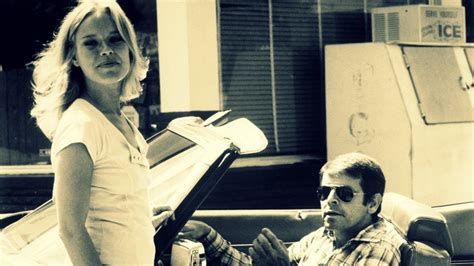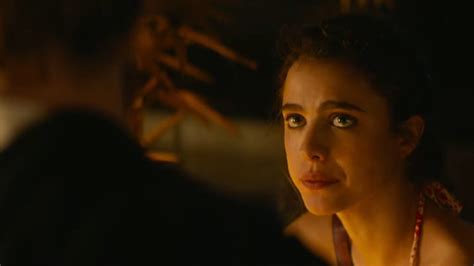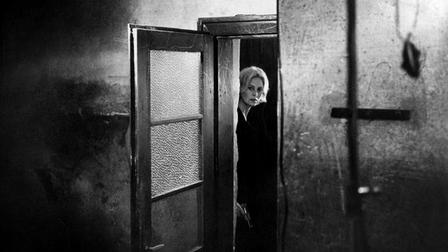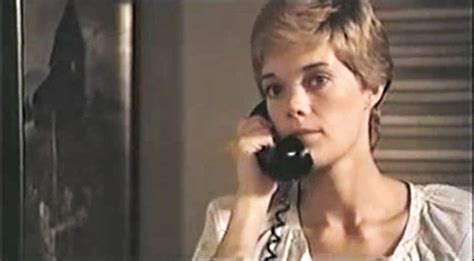Rolling Thunder - 1977
 Tuesday, March 21, 2023 at 04:29PM
Tuesday, March 21, 2023 at 04:29PM Immersed in Tarantino's Cinema Speculation, and like everything he's done since KILL BILL No. 2, it's mostly self-congratulation, needs to be cut by 35% and features moments of extraordinary perception, insight and humor.
His chapter-long rave about ROLLING THUNDER reminded me how much I liked it when I saw it sometime last century. Had to order a Region 2 DVD - couldn't find it streaming anywhere.
You will find this hard to believe, I know, but Tarantino understates wildly (for once in his life); ROLLING THUNDER is a masterpiece.
As T noted, Schrader's monosyllabic screenplay perfectly meshes with director John Flynn's minimal style. Flynn could really stage a shoot-out and always used them to further express character, as only the best action directors can. The performances are pitch-perfect and vested in the physical, since nobody says much.
Tommy Lee Jones, catatonic for most of the story, transforms into a balletic athlete when he gets to kill people. Linda Haynes, as Tarantino writes, is perfect in tone and body language; she's the true star. Maybe Haynes was too convincing as a redneck waitress to get cast in other roles; sadly, she was only in 14 films.

And this is Devane's least insufferable acting ever. He actually turns it down from 11. For once.
Each scene, each word of dialogue, leads to the inevitable finale. Such a pleasure to watch a film so vested in structure, cutting, pace, rhythm and cheap thrills.
One example: Devane tells Jones he found the men he's been hunting. He doesn't have to say it out loud, but he wants Jones to help him kill them. Jones says: "I'll get my gear." That's it.
Today, fucking Antone Fuqua or his equivalent would hold a long closeup on Jones as his face changed into hardened resolve and after three more beats than necessary, Jones would deliver the line like he was reciting Homer. In Flynn's version, Jones speaks with his back to the camera! And it slays.
Docked half a star for the unbearable dumbass cornpone song played over the opening and closing credits. I can't fathom whom the songwriter had to be fucking to get his complete violation of tone and gestalt tacked onto the film.





